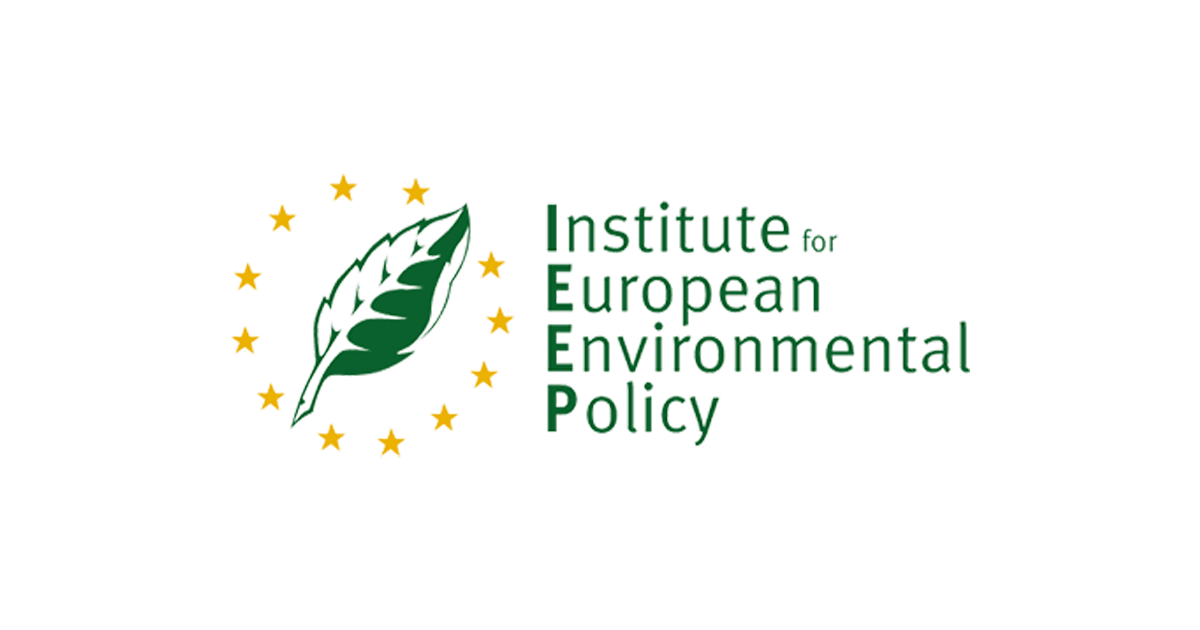WWF, Greenpeace and CAN-Europe commissioned IEEP and the Öko Institut to look into how the additional effort entailed in moving from a 20 per cent to a 30 per cent EU-wide emission target could be distributed among EU Member States. The report explores different distributional principles which could be used to inform such a move, including the geography of the cost-effective mitigation potential. This tends to lie in Member States that have comparatively fewer resources to access such potential.
While there are often substantial co-benefits to be had (eg from energy savings), this does not remove the need for up front investment to secure savings. The report therefore also explored some of the resources that could be brought to bear to help secure cost-effective emission reductions. In particular the potential revenue and investment streams from ‘flexibility mechanisms’ in the 2008/9 Climate and Energy Package and the Kyoto Protocol, are examined, as are potential sources of funding in the context of the EU budget (with particular reference to the post-2013 multi-annual financial framework currently under discussion).
The report was used to inform a position paper by WWF, Greenpeace and CAN-Europe “Achieving a 30 percent domestic carbon reduction target. Sharing the costs and benefits of green technology development in the European Union.” This was launched at a high level event in Brussels 29 June 2011, where IEEP Executive Director, David Baldock, presented the main findings of the report.

